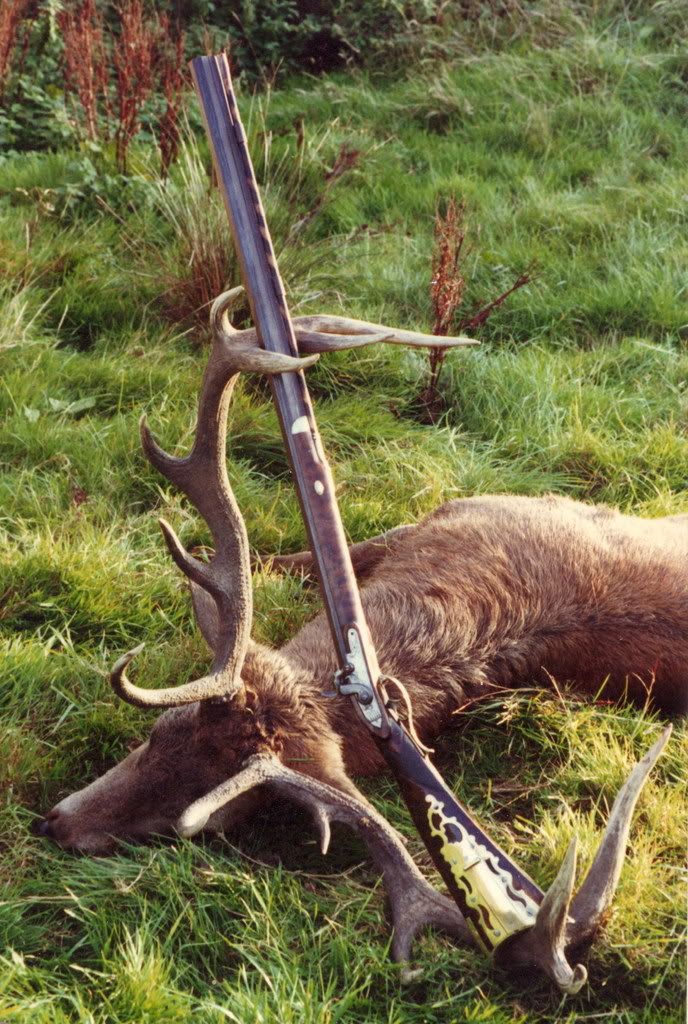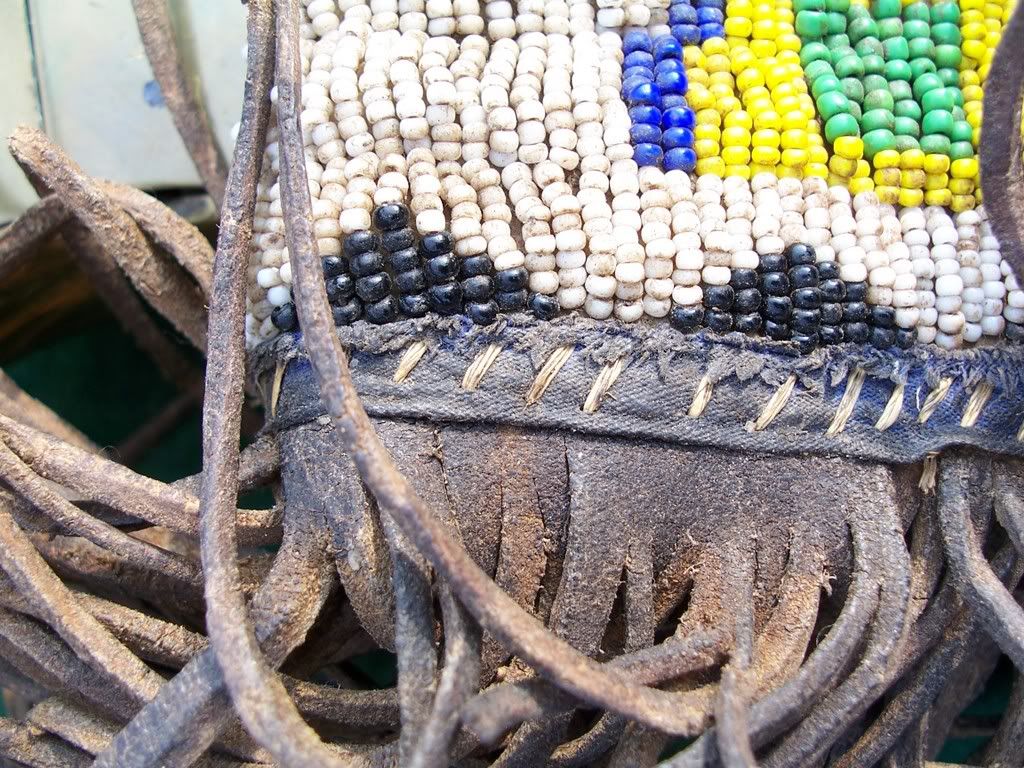To add to Zonie's observations regarding the lock:
Notice that the letters R S Clark are run off at an angle to the word WARRANTED. My feeling is that the lock is an import from England or the Continent, and R S Clark added his maker's mark with a one piece die.
The shape of the lockplate appears far too late for the lock to have originated as a flintlock, and in addition there are no traces of the screws and pins that would have mounted the frizzen and frizzen spring. The carving on the face of the hammer appears "extravagant"; perhaps a replacement hammer?
What really distracts me is the Wesley Richards patent nipple; if that's original to a rifle made in the US, why that and not the run-of-the-mill nipples available to every gunmaker? Damn...now I won't be able to sleep tonight! Honey, where's my Ambien?
Nice rifle, altogether.
Bluejacket
PS: the little circles on the muzzle are "just for pretty".
Notice that the letters R S Clark are run off at an angle to the word WARRANTED. My feeling is that the lock is an import from England or the Continent, and R S Clark added his maker's mark with a one piece die.
The shape of the lockplate appears far too late for the lock to have originated as a flintlock, and in addition there are no traces of the screws and pins that would have mounted the frizzen and frizzen spring. The carving on the face of the hammer appears "extravagant"; perhaps a replacement hammer?
What really distracts me is the Wesley Richards patent nipple; if that's original to a rifle made in the US, why that and not the run-of-the-mill nipples available to every gunmaker? Damn...now I won't be able to sleep tonight! Honey, where's my Ambien?
Nice rifle, altogether.
Bluejacket
PS: the little circles on the muzzle are "just for pretty".








